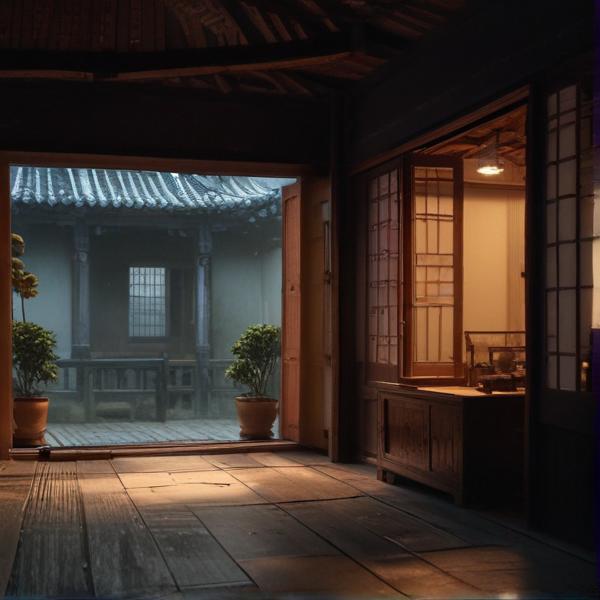基本信息 (Basic Information)
含义与用法 (Meanings & Usage)
中文核心释义 (Core Chinese Meaning): 心情压抑、郁闷;空气不流通,感觉不畅。
英文核心释义 (Core English Meaning): feeling depressed or stuffy; airless, sultry, stifling
象形意义 / 为何这么写 (Pictographic Meaning / Writing Rationale)
文言文释义 (Classical Chinese Meaning)
与现代意义相近,多指心情郁结或空气闭塞。Similar to modern meaning, often referring to depressed feelings or stuffy air.
深入学习 (In-depth Study)
字源故事 (Origin Story)
字形演变 (Character Evolution)
常用词语和例句 (Common Words & Examples)
闷热 (sultry; hot and stuffy)
夏天的午后天气十分闷热。
Eng: The weather is very hot and stuffy on summer afternoons.
闷闷不乐 (gloomy; in low spirits)
他最近总是闷闷不乐。
Eng: He has been in low spirits lately.
闷气 (sullen mood; pent-up anger)
有什么事情不要闷在心里,和朋友聊聊吧。
Eng: If you have something on your mind, don't keep it inside, talk to your friends.
相关成语 (Related Idioms)
相关成语信息待补充。Related idiom information pending.
多语言翻译 (核心释义) (Translations (Core Meaning))
- French: étouffant; déprimé
- German: drückend; niedergeschlagen
- Spanish: sofocante; deprimido
- Italian: soffocante; depresso
- Portuguese: abafado; deprimido
- Russian: душный; подавленный
- Arabic: خانق؛ مكتئب
- Persian: خفه؛ افسرده
- Dutch: benauwd; neerslachtig
- Polish: duszny; przygnębiony
- Vietnamese: ngột ngạt; u sầu
- Ukrainian: душний; пригнічений
视频学习资源 (Video Learning Resources)
通过以下链接在热门视频网站搜索 "闷" 的更多讲解:
Search for more explanations of "闷" on popular video sites:
- 在 Bilibili.com 搜索 "闷 字源 说文解字" (Search on Bilibili)
- 在 YouTube.com 搜索 "闷 character origin etymology" (Search on YouTube)
网络参考 (Web References for "闷") ()
网络搜索信息待获取。Web search information pending.
更多图片 (闷 More Images) ()
